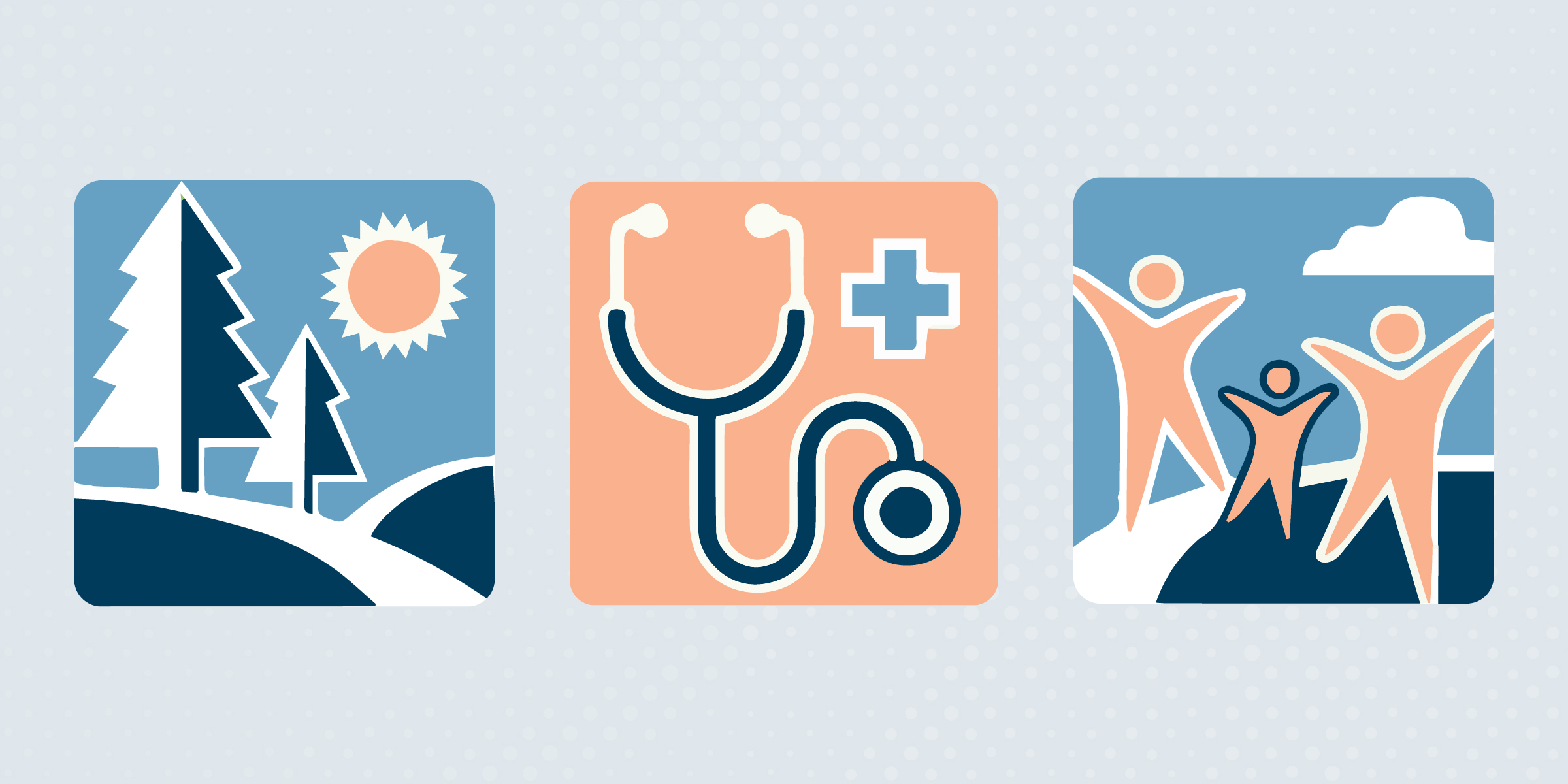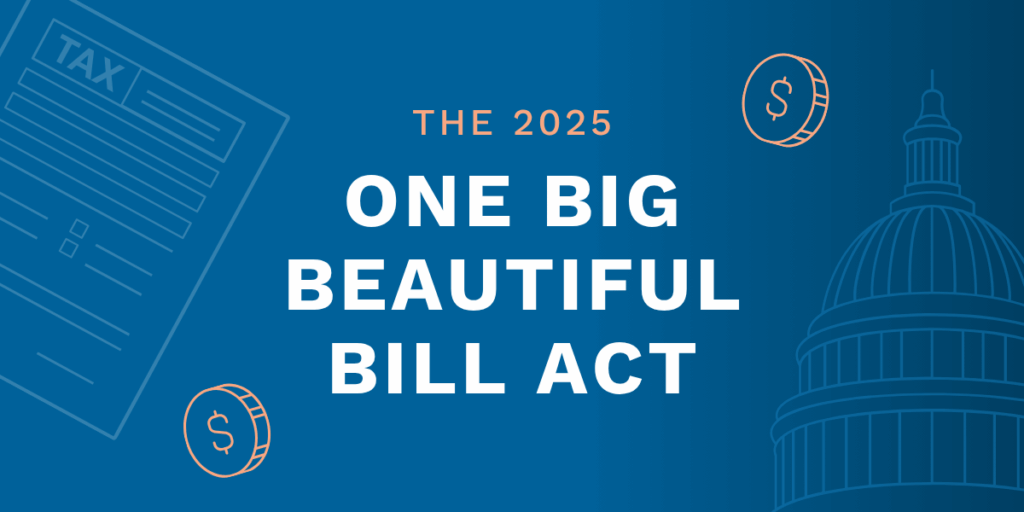One in Five people in the United States live in rural communities, which often have a higher risk of health disparities than urban areas. These disparities create unique challenges for patients and providers, impacting health outcomes, quality of service, and access to care.
One in Five people in the United States live in rural communities, which often have a higher risk of health disparities than urban areas. These disparities create unique challenges for patients and providers, impacting health outcomes, quality of service, and access to care.
This National Rural Health Day, we’re celebrating the #PowerofRural by recognizing the healthcare professionals, communities, and organizations dedicated to addressing rural America’s unique needs. Where there are challenges, there are also opportunities, and together, we can continue to improve rural healthcare through innovative technology and compassionate care.
3 Challenges of Providing Healthcare in Rural America
Workforce Shortages
The United States is facing a nationwide healthcare worker shortage, and in rural America, it’s become an even bigger issue with less than one-tenth of physicians working in those communities. The demand for healthcare services is continuing to grow, despite rural areas expecting to experience a shortage of over 20,000 primary care physicians in 2025.
With limited physicians and staff, healthcare professionals in rural areas are expected to take on more responsibility and bigger workloads, leading to a heightened risk of burnout and chronic stress. Limited staff often contributes to longer wait times for patients which can cause frustration, loss of trust, and delayed care for cases that require prompt attention.
Patient Demographics & Chronic Health Conditions
In rural communities, healthcare professionals tend to treat a bigger population of older adults and patients with chronic conditions—meaning that there’s a greater demand for services with a focus on recovery, disease management, and curative care.
Patients in rural communities are often subject to the social determinants of health—like lack of access to healthy food, limited insurance coverage, and fewer opportunities to be physically active—which can also impact health outcomes and lengthen the care plan.
Accessibility & Limited Transportation
Transportation in rural areas is often limited or not readily available, creating a barrier to healthcare access. Unreliable transportation for patients can result in delayed care, missed appointments, and challenges in receiving necessary medications. On the provider side, this causes inefficiencies in scheduling, difficulty following up with patients, and more.
The Important Role of Technology in Rural Healthcare
Technology has the power to bridge many of the gaps that patients and providers face in rural healthcare.
With tools like telehealth and mobile applications, patients can have instant access to manage their healthcare without the inconvenience of travel. Technology also supports better communication with providers, which improves patient engagement and increases involvement in their healthcare journey.
Additionally, software systems like EHRs can help streamline patient care and make it easier for providers to manage a patient’s health journey, especially with the unique needs of patients in rural America. EHRs help to reduce the likelihood of medication errors, create advanced reports that can help providers improve population health, and simplify the continuation of care.
National Rural Health Day
As we celebrate National Rural Health Day, we must recognize the essential services that healthcare professionals are providing to isolated rural communities. Healthcare must serve the needs of all Americans—including those in hard-to-reach areas. Thank you to the healthcare professionals, communities, and organizations that are dedicated to serving rural communities nationwide.
To learn more about National Rural Health Day, visit powerofrural.org.





